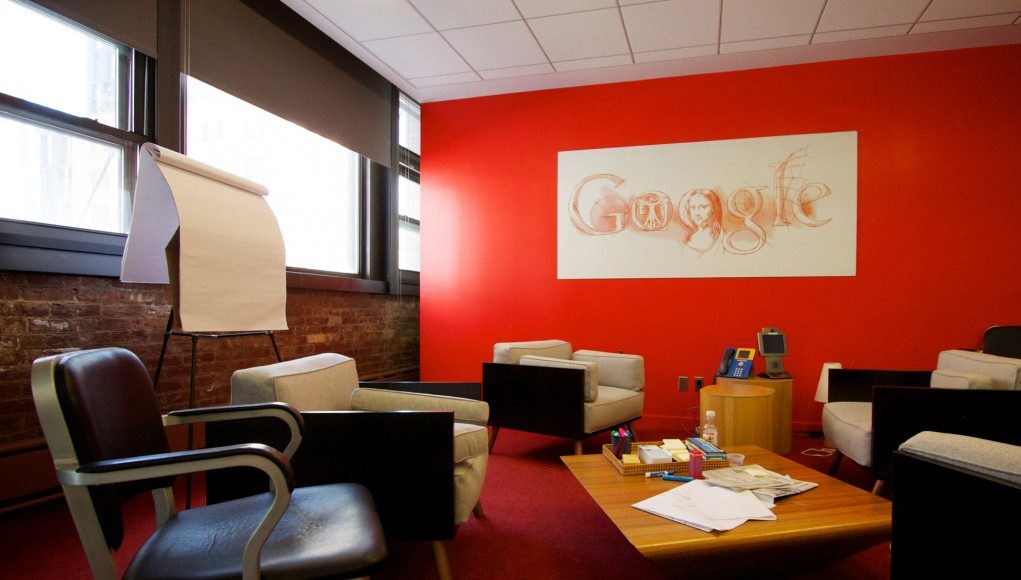Google started its virtual reality initiatives early but slowly, announcing the now widely known Cardboard program way back in 2014. As the company nears the launch of Daydream, the next stage in their VR plans, they’re adding significantly to their VR talent pool.
Google announced the Daydream initiative earlier this year at their annual I/O conference. The aim is to bring high quality mobile virtual reality to hundreds of millions of Android phones in the next few years. Earlier this month they finally took the wraps off of the first Daydream ready phone, the Google Pixel, and first Daydream headset, the ‘View’. As the company’s VR ambitions ramp up, so too has their internal virtual reality team. Google declines to specify just how many people it has working on VR, but the figure is certainly growing.
In the last month alone, amid the launch of the Google Pixel and Daydream View, the company has posted seven new full time positions focusing on virtual reality. Including those seven, in the last 12 months the company has listed no less than 15 full time job openings for VR:
- Creative Director, Daydream
- Structural Mechanical Engineer, Virtual Reality
- Technical Artist, VR
- Software Engineer, Android Internals (Tango)
- Software Engineer, Computer Graphics, Daydream
- Software Engineer, Device Calibration, Tango
- UX Engineer, Cardboard and Virtual Reality
- UX Researcher, VR and AR
- Software Engineer, Tango
- Test Engineer, Virtual Reality
- Software Engineer, Tools and Infrastructure, Virtual Reality
- Games Publishing Software Engineer (Cardboard and Virtual Reality)
- Device Calibration System Engineer, Tango
- Software Engineer, Virtual Reality, YouTube
- Interaction Designer, Cardboard and Virtual Reality
With average Google compensation around $150,000 annually for full time employees, that’s a significant new $2,250,000 annual investment in VR talent, not to mention the number of employees already at Google working directly on VR, which we’d guess to be in the neighborhood of 50-100 at this stage (and many more full time folks working tangentially on VR, plus temporary contract positions). With more than 50,000 employees worldwide, that’s just a drop in the bucket for Google, but compared with many of the VR startups on the scene, it’s a significant force.







